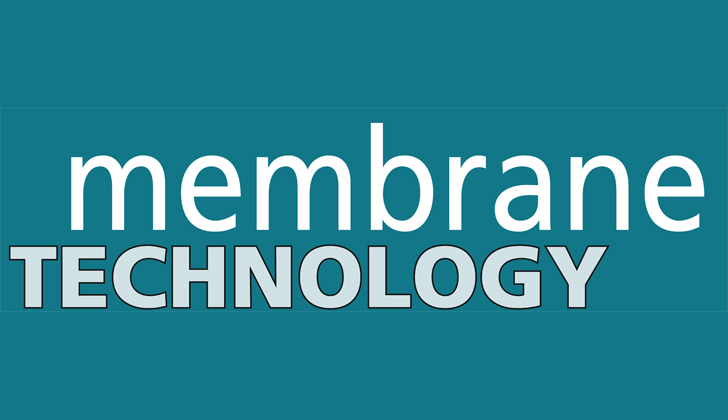
Technology Focus
One of the world's largest vaccine producers required a water treatment plant for its new pharmaceutical manufacturing facility, and decided to use a system based on membrane bioreactor (MBR) technology. Based in Pune, India, the facility had space limitations, and this technology was preferred because it is capable of creating a compact plant with a small footprint, whilst still producing high-quality, ultrafiltration-grade (UF-grade) water, as this brief article shows.
MBR systems are robust and can easily handle organic fluctuations.
Since membranes are used as a physical barrier for solid–liquid separation, they typically deliver consistent high effluent quality in terms of total suspended solids (TSS) and organic removal, and also require fewer chemicals for disinfection.
EnviQ™ UF membranes are submerged, flat-sheet membranes with a consistent pore size. These membranes are less prone to clogging, easy to operate and do not require any forced backwash, says QUA Group. In addition, chemical cleaning of the membranes can be done whilst leaving them in place.
A unique patented technology, EnviQ offers ruggedness of flat-sheet membranes whilst consistently producing UF-quality water. Because they lack an external frame, the membrane cartridges are able to withstand harsh conditions whilst minimising biofouling.
These advantages are valuable to the client's treatment plant to meet continued expectations.
Project background
A key challenge for this project was that the biochemical oxygen demand (BOD) of the readily accessible water source can be as high as 50 mg/l. Another challenge was that the plant had limited space for the construction of a new system to accommodate the extra flow.
The customer evaluated two options: one based on MBR technology, the other involving conventional physical/chemical treatment, followed by media filters or UF.
Space constraints meant that MBR technology was chosen because of its capability to minimise unit operations whilst still producing high-quality, UF-grade water for the client's uses.
The customer then reviewed several MBR options, but selected QUA's EnviQ submerged MBR technology because of its positive experience whilst working with QUA in the past. The plant had previously installed a QUA Q-SEP® UF system to treat process water. This has been operating successfully for several years.
QUA system
QUA provided EnviQ submerged MBR technology to treat feed-water with high organics for a process water application. The system designed consists of 12 EnviQ 32C units in wo streams, with 24 units in total installed.
The system treats 4 million litres (1 056 688 gallons) of water per day. This is used as process water for the pharmaceutical plant's operation.
System design and commissioning
According to QUA, it was available throughout the system design and engineering process, as well as during the commissioning phase of the project, to ensure that it was a success for the client and that the system was operating smoothly.
Based on this successful installation of the EnviQ MBR and its favourable performance, the client recently selected EnviQ again for another facility's sewage treatment plant.
The use of this water treatment technology is important to the customer's long-term expansion and production goals, and EnviQ successfully delivered a reliable system to meet the plant's needs.
Summary of the system’s features:
|
model: EnviQTM E32C; |
|
capacity: 2 × 2 mld (2 × 83.3 m3/h or 2 × 367 gpm); |
|
number of modules: 24 (12 per stream); |
|
facility: pharmaceutical manufacturing plant; |
|
influent: water with high organics; |
|
product turbidity: < 0.2 NTU; |
|
product BOD: < 2 mg/l; and |
|
product COD: < 5 mg/l. |
For further information, visit www.aquatech.com/qua-membrane-technology
(This technology focus is based on press material issued by QUA Group.)




